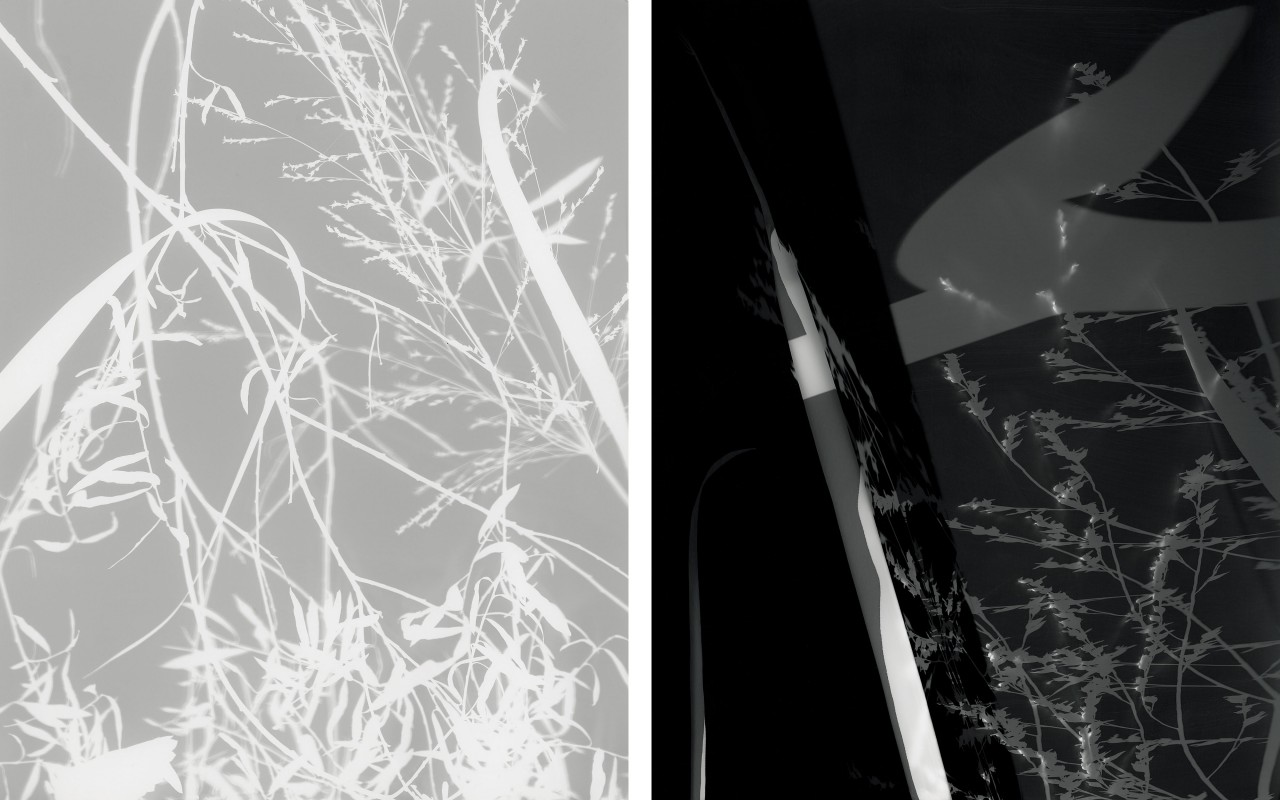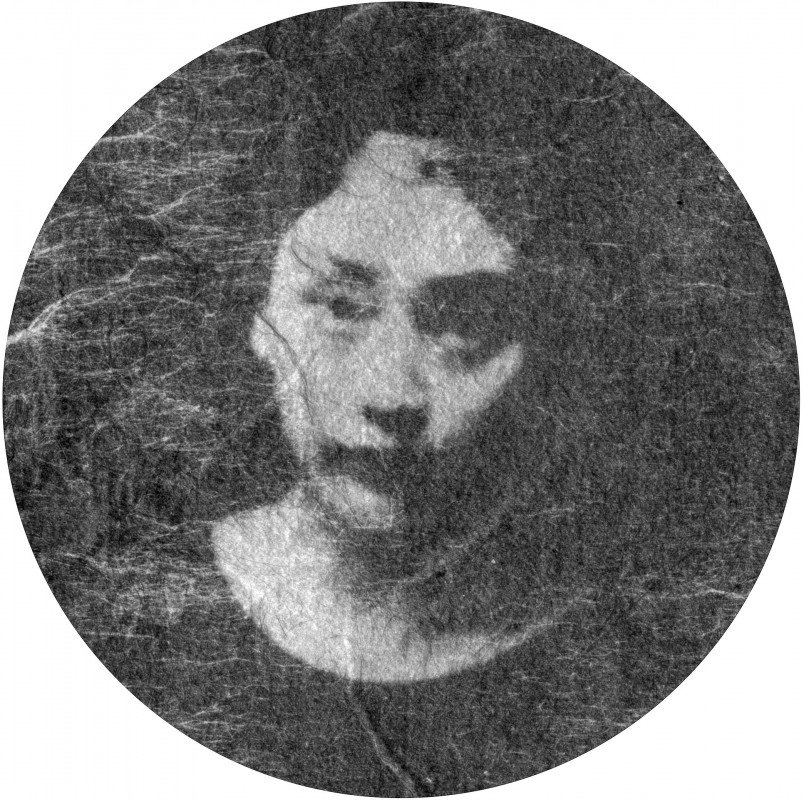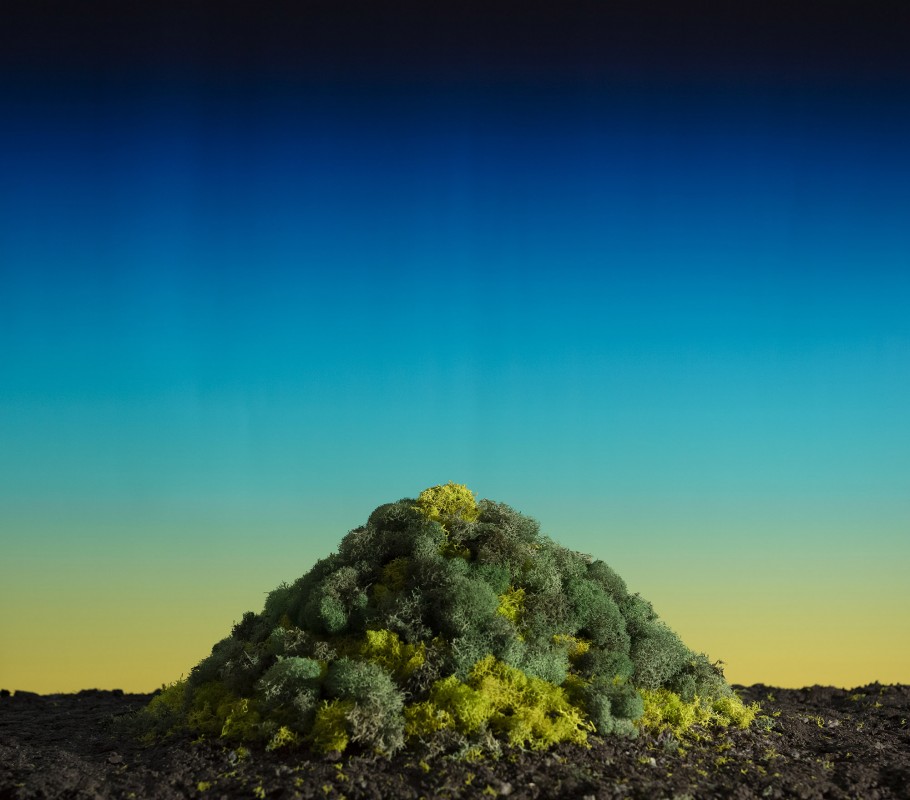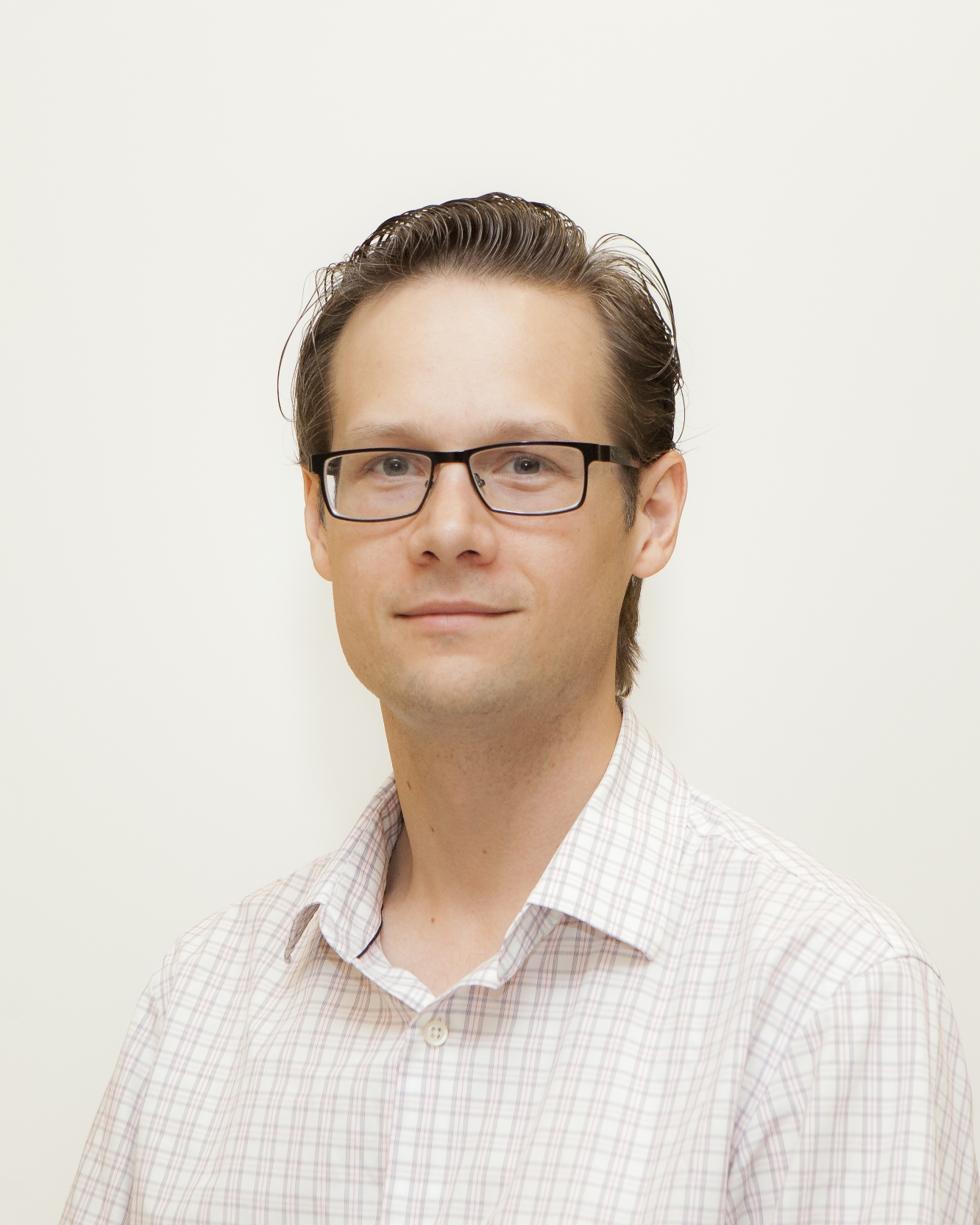Sajin: Gindlesberger receives Fulbright to teach, create in Korea

Based on its Greek roots, photography literally means “writing with light.” And that’s what Associate Professor of Art and Design Hans Gindlesberger intends to do in South Korea: inscribe images with sunlight, moonlight and the grainy glow of streetlamps, steeped in the fierce monsoon rains.
Gindlesberger recently received a Fulbright Award to teach in Chung-Ang University’s photography and new media program in Seoul, where he will also begin a new body of creative work. The six-month fellowship begins in January 2022.
While this will be his first time teaching overseas, Gindlesberger has traveled to Korea on and off for around 15 years. Because of the academic calendar, his visits have often coincided with monsoon season, which has inspired some of his creative work.
During one of those visits, for example, he photographed people on the street during the monsoon rains. Using traditional handmade Korean paper, Gindlesberger let the sun and the rain create the images — sometimes in the city, sometimes the countryside, always outdoors — using a process from the mid-1800s that relies on sunlight and plain water rather than darkroom chemicals. The splattering of the rain had a slightly corrosive effect, giving the photos a psychological edge.
He plans to create a new body of work using this and similarly non-traditional processes while he’s in the country.
“It involves using or trying to find ways of incorporating both the natural environment and the built environment as agents in the photographic process — nature and the urban landscape to manifest visual images,” he explained.
Photography doesn’t just consist of a camera making direct observational images. In Gindlesberger’s work, it’s also highly experimental, intersecting with other forms of media and strategies of presentation.
It’s an idea that fits well with the Korean concept of sajin, or photography. Neither directly imported from the West or from previous Japanese rule, sajin grew out of distinctly Korean practices and values ascribed to other media, such as portraiture painting, Gindlesberger explained.
“The notion that a photograph, at its essence, does not have a fixed definition as an image produced by a camera is especially relevant in realizing the full potential of this work,” he wrote in his Fulbright application.
The pedagogical side of the fellowship is just as exciting as the artistic side. Chung-Ang University’s photography program is the oldest and best regarded in that country, and the University draws instructors from all over the world. The Fulbright experience will not only give Gindlesberger the chance to work with students from a different educational background, but it will offer insights into the ways that Binghamton can structure its own photography curriculum, he said.
“A lot of the most interesting photography being produced right now is coming out of Korea,” he said. “This is a terrific opportunity to be able to both stimulate my own creative practice and bring a new set of experiences and perspectives to my approach in the classroom.”



